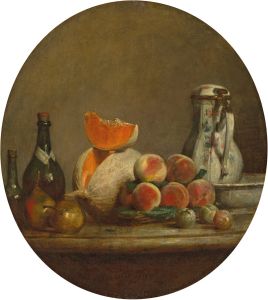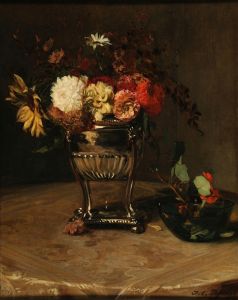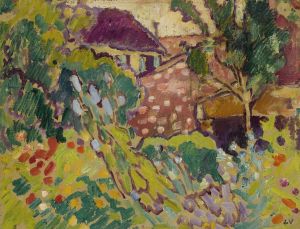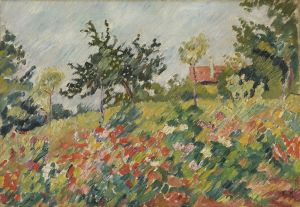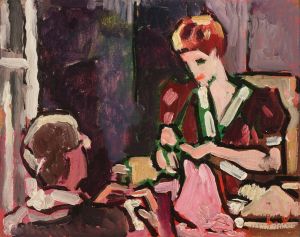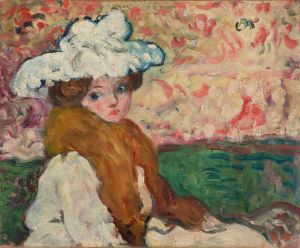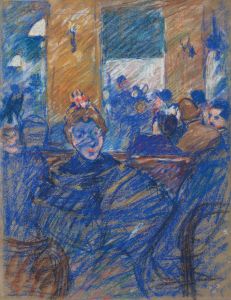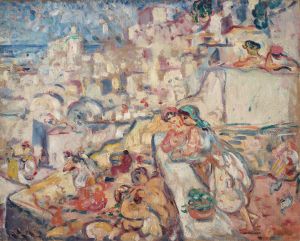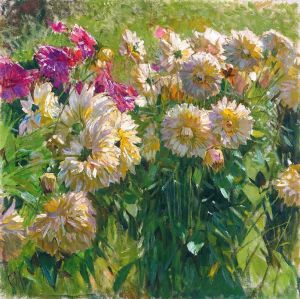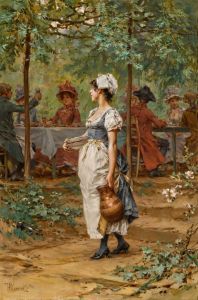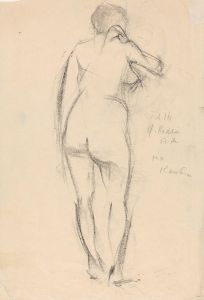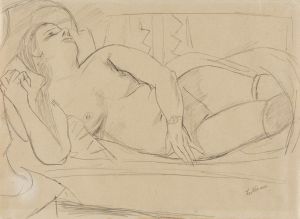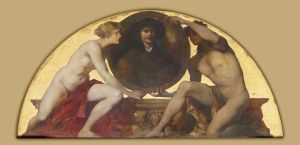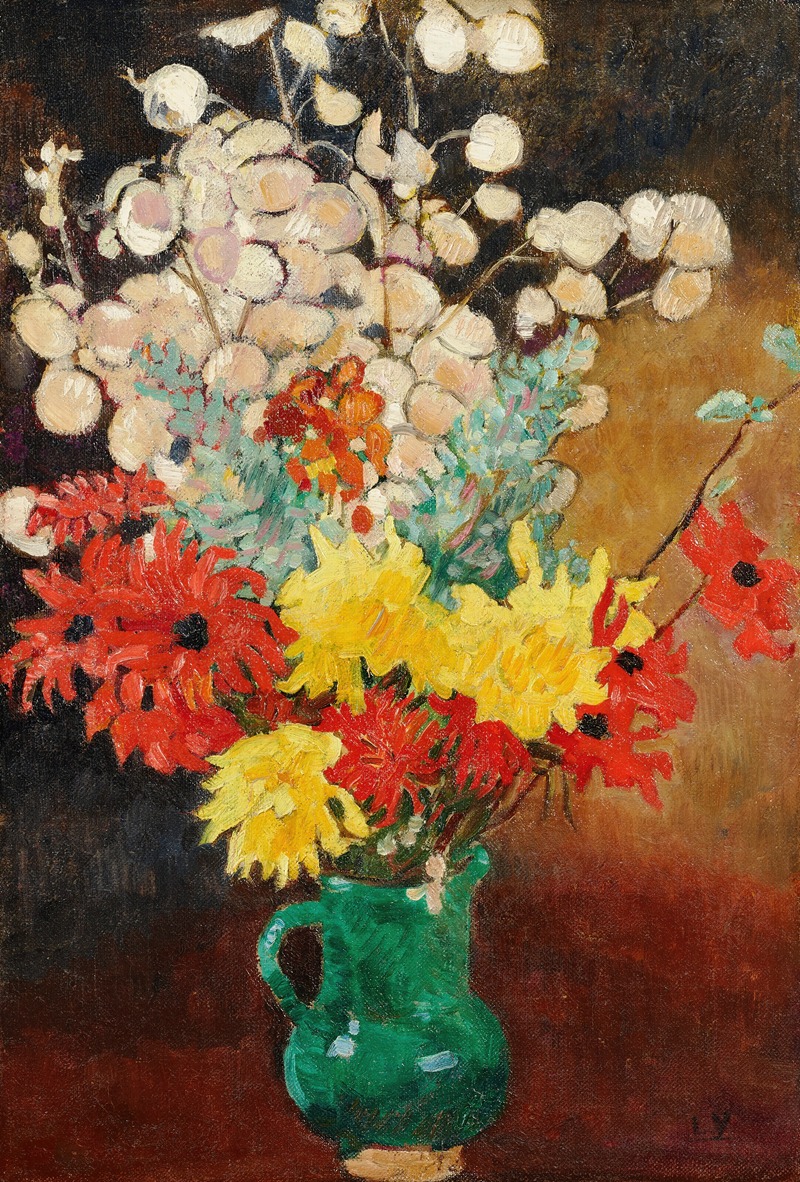
Cruche verte, dahlias et fleurs
A hand-painted replica of Louis Valtat’s masterpiece Cruche verte, dahlias et fleurs, meticulously crafted by professional artists to capture the true essence of the original. Each piece is created with museum-quality canvas and rare mineral pigments, carefully painted by experienced artists with delicate brushstrokes and rich, layered colors to perfectly recreate the texture of the original artwork. Unlike machine-printed reproductions, this hand-painted version brings the painting to life, infused with the artist’s emotions and skill in every stroke. Whether for personal collection or home decoration, it instantly elevates the artistic atmosphere of any space.
Louis Valtat (1869-1952) was a French painter and printmaker associated with the Fauvist movement. He is known for his vibrant use of color and his contributions to the development of modern art in the late 19th and early 20th centuries. One of his notable works is "Cruche verte, dahlias et fleurs," which translates to "Green Jug, Dahlias, and Flowers."
"Green Jug, Dahlias, and Flowers" is a still life painting that exemplifies Valtat's distinctive style and his mastery of color and composition. The painting features a green jug filled with an arrangement of dahlias and other flowers, set against a richly colored background. The use of bold, expressive brushstrokes and vivid colors is characteristic of Valtat's work and reflects the influence of the Fauvist movement, which emphasized painterly qualities and strong color over representational accuracy.
Valtat's approach to still life painting was innovative for his time. He often used thick layers of paint and a palette knife to create texture and depth, giving his works a dynamic and tactile quality. In "Green Jug, Dahlias, and Flowers," the flowers are rendered with a sense of immediacy and vitality, capturing the essence of the subject rather than focusing on minute details. The green jug serves as a focal point, its color contrasting with the warm hues of the flowers and the background, creating a harmonious yet striking composition.
Born in Dieppe, France, Louis Valtat studied at the École des Beaux-Arts in Paris and the Académie Julian, where he was influenced by his contemporaries, including Pierre-Auguste Renoir and Paul Signac. Valtat's early works were influenced by Impressionism, but he soon developed his own style, characterized by bold colors and a more abstract approach to form. His involvement with the Fauvist movement, alongside artists like Henri Matisse and André Derain, further solidified his reputation as a pioneer of modern art.
Throughout his career, Valtat remained dedicated to exploring the possibilities of color and form. His still life paintings, such as "Green Jug, Dahlias, and Flowers," demonstrate his ability to transform everyday objects into vibrant compositions that convey a sense of energy and emotion. Valtat's work was well-received during his lifetime, and he exhibited regularly at the Salon des Indépendants and the Salon d'Automne in Paris.
Today, Louis Valtat's paintings are held in numerous public and private collections around the world. "Green Jug, Dahlias, and Flowers" continues to be admired for its bold use of color and its innovative approach to still life painting. Valtat's contributions to the Fauvist movement and his influence on subsequent generations of artists are recognized as significant milestones in the history of modern art.





